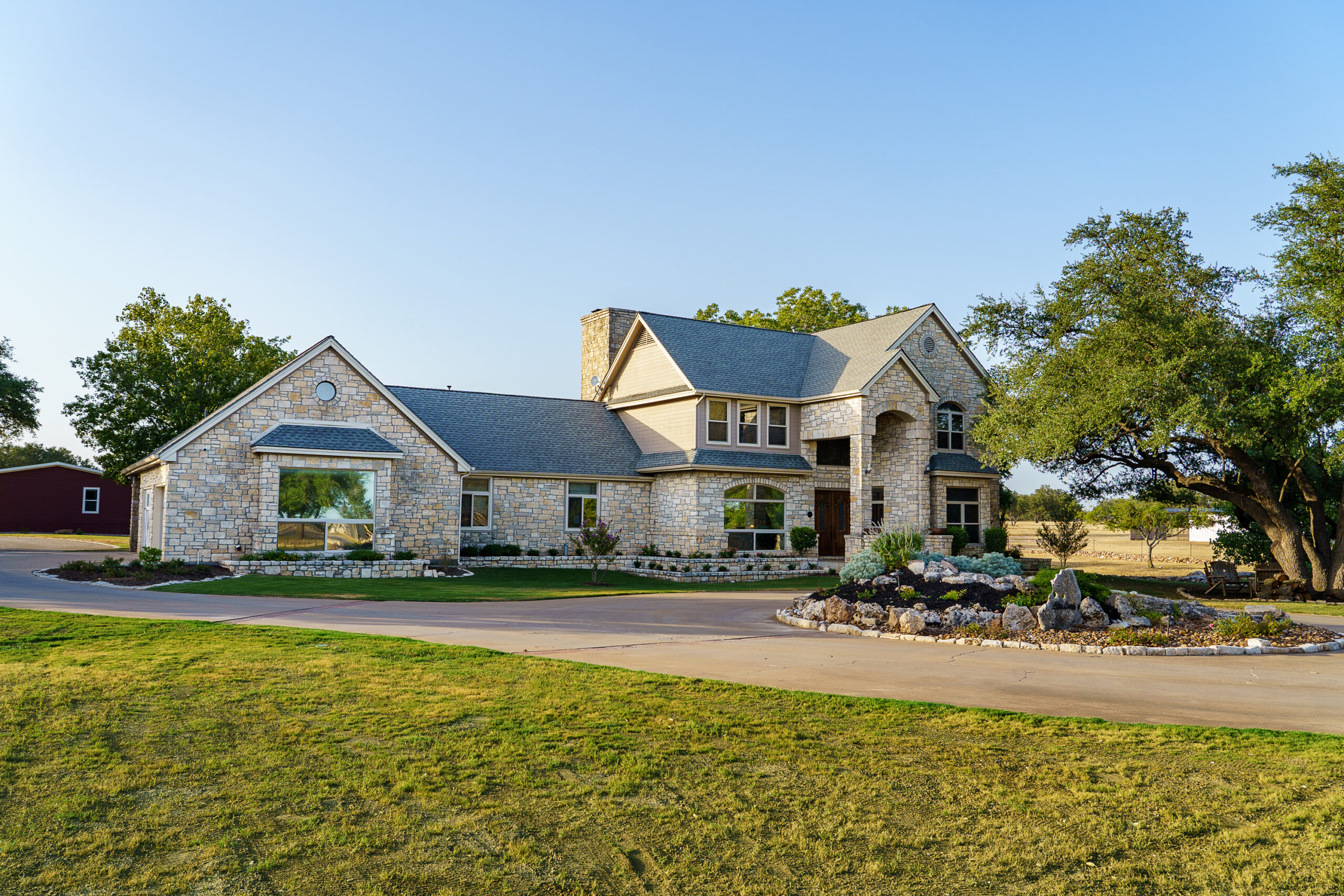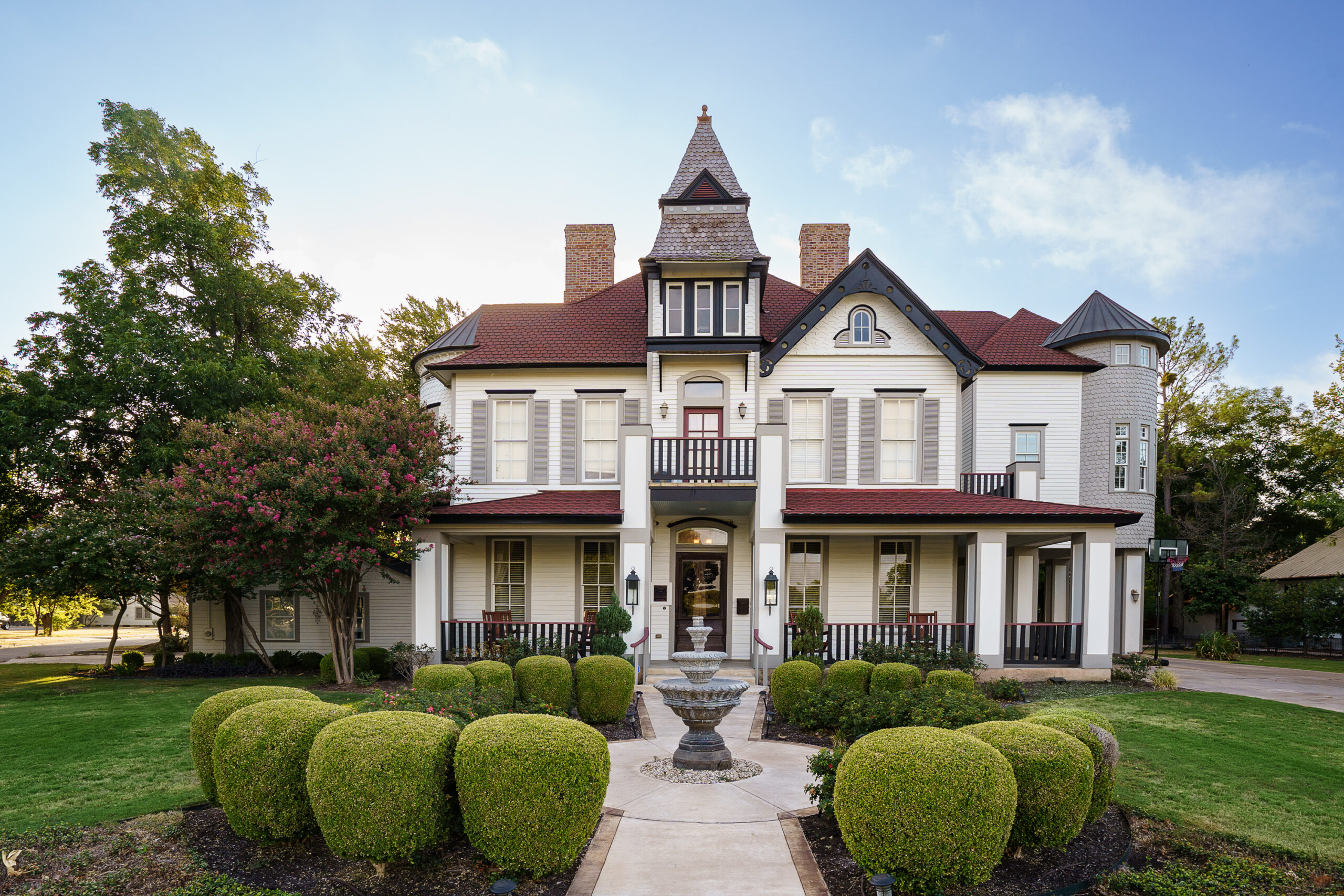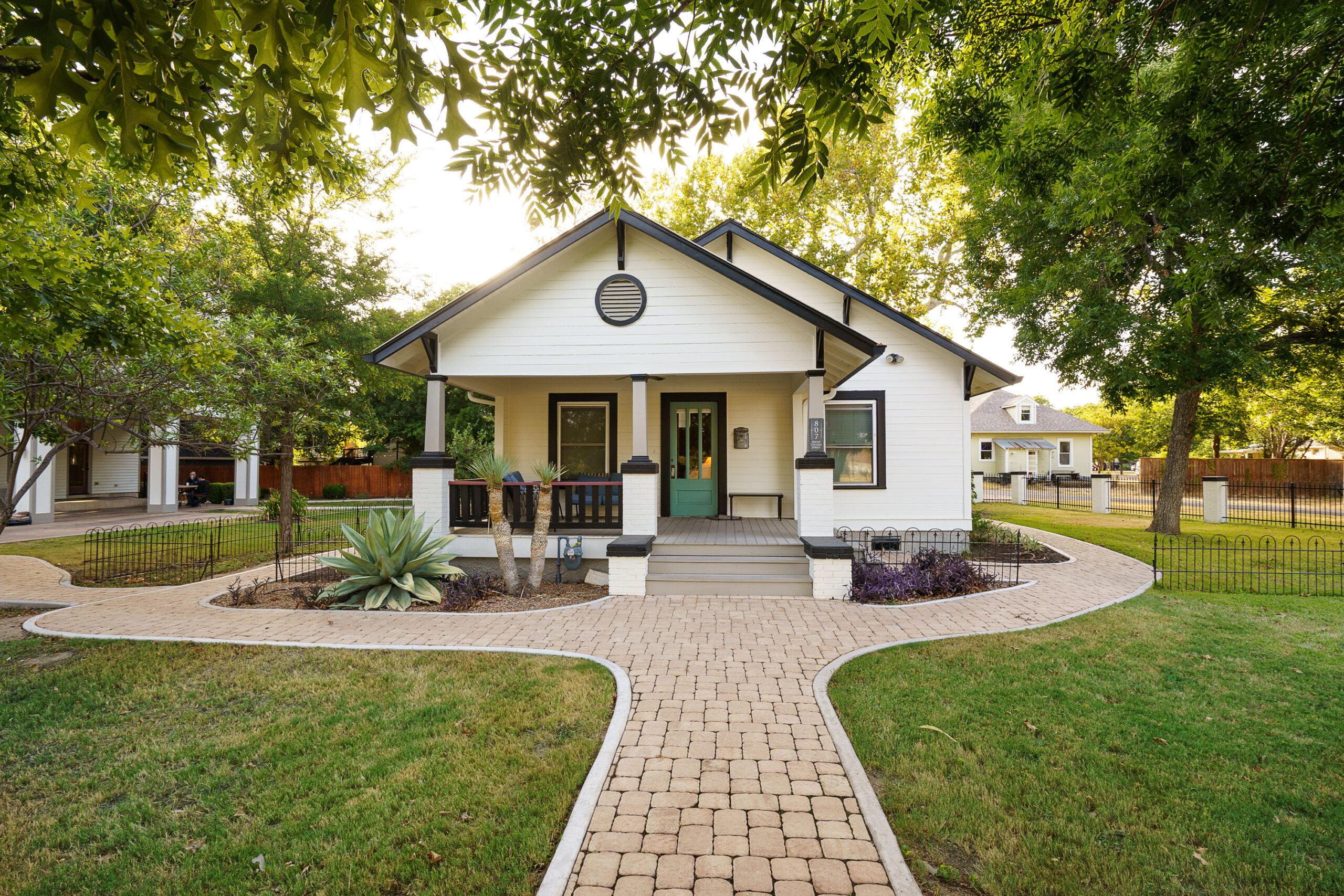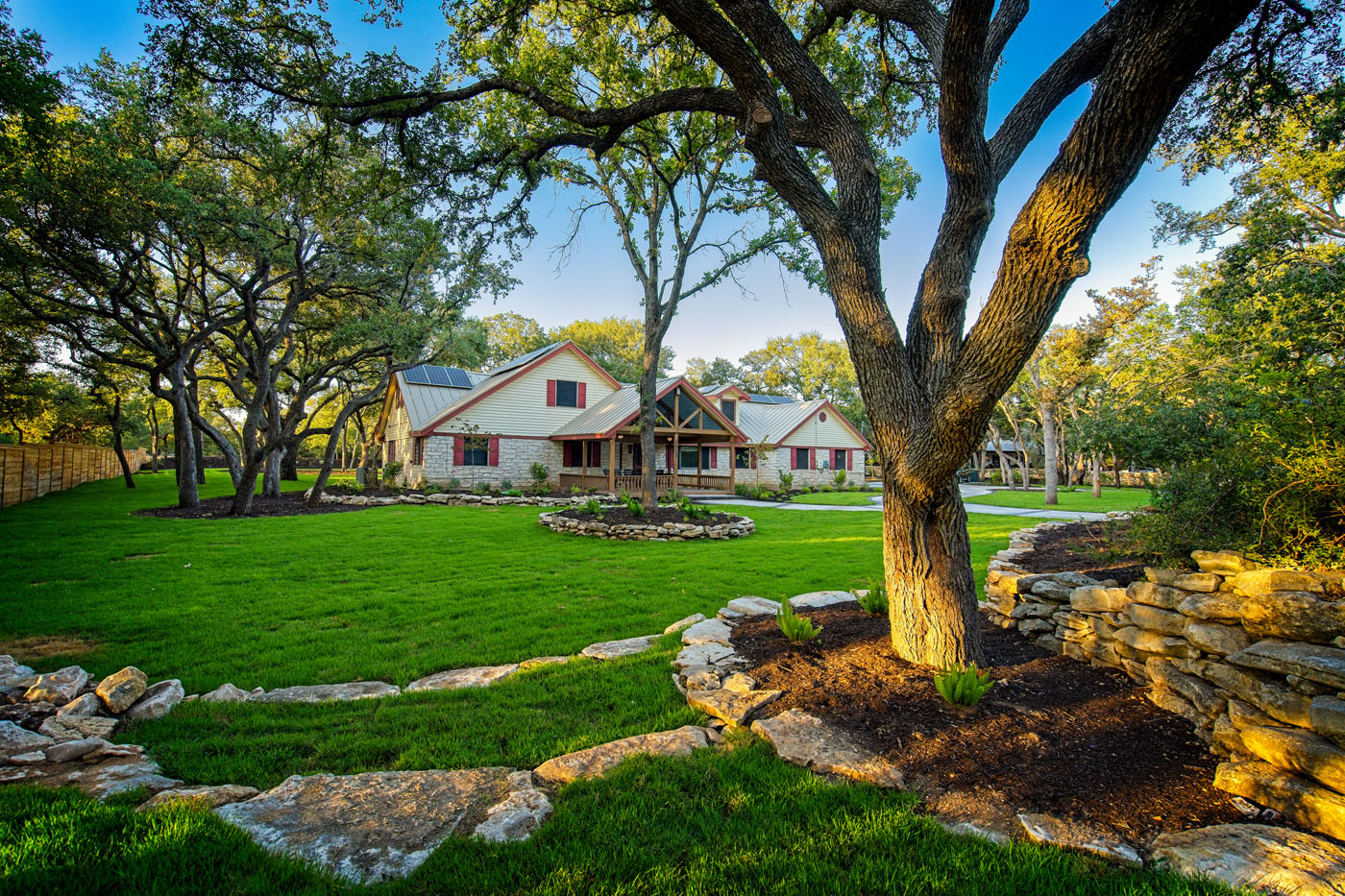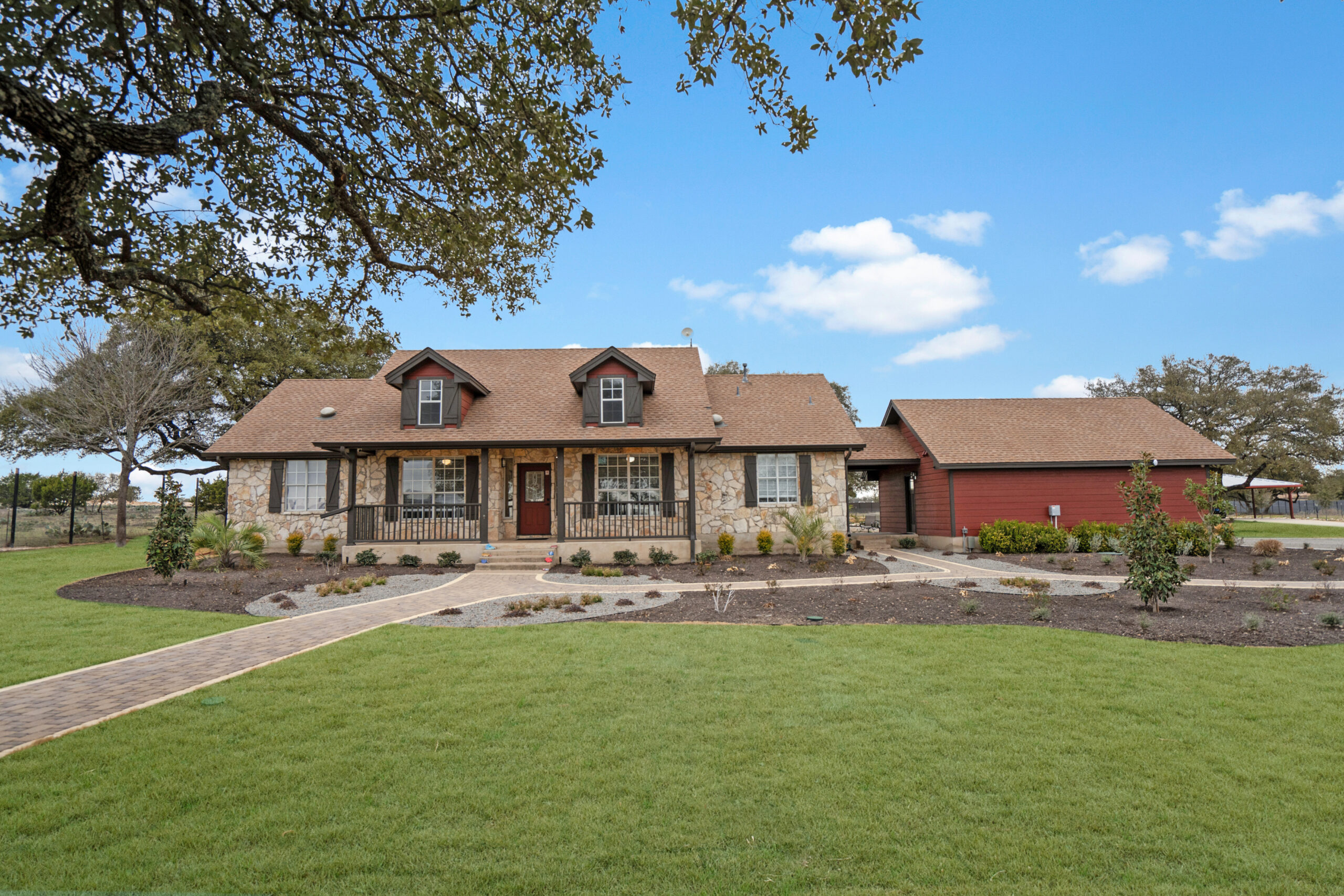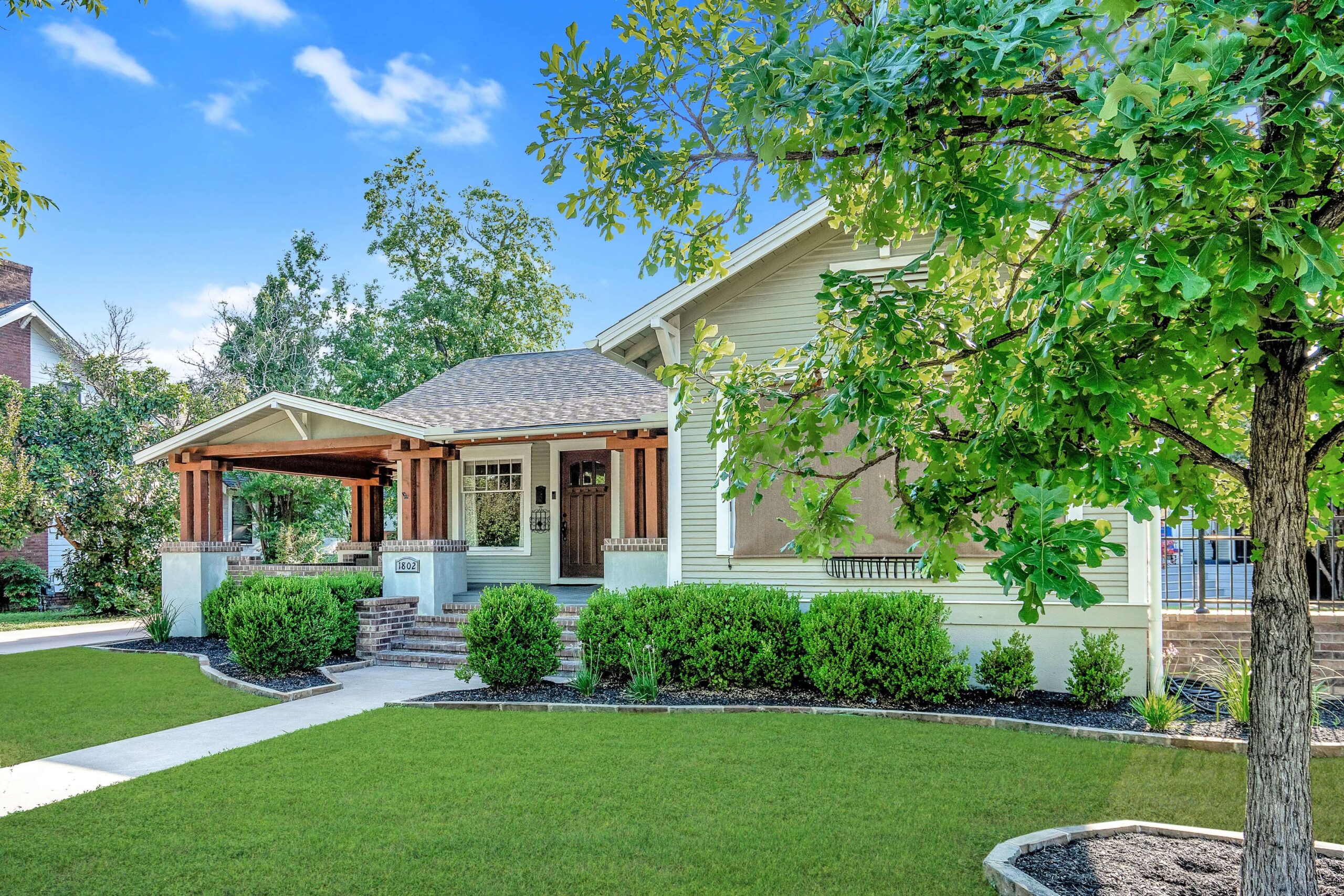The Landscape of Bipolar Residential Treatment for Women
Bipolar disorder impacts millions of women worldwide, leading to a pressing need for specialized treatment environments. Addressing the unique challenges women face, residential treatment centers offer a sanctuary where healing can take root. These environments are tailored to address the psychological, emotional, and social facets of the disorder.
In residential settings, women find solace away from external stressors, surrounded by peers who understand their struggles. These centers provide comprehensive care, combining traditional therapy with innovative approaches. This method facilitates healing at a deeper level, nurturing not only recovery but also empowerment.
At the core, woman bipolar residential treatment is centered around creating a supportive community. The shared experiences in these environments foster empathy and collaboration, essential elements for those journeying towards stability and hope.
What Defines an Effective Woman Bipolar Residential Treatment?
Effective treatment programs distinguish themselves through their commitment to individualized care. Treatment plans are meticulously crafted to address the specific needs and histories of each woman, recognizing the diversity in the manifestation of bipolar disorder.
These programs often integrate cognitive behavioral therapy and dialectical behavior therapy as foundational elements. Complemented by experiential therapies like art and movement, they encourage self-exploration and emotional release.
Medication management is another cornerstone, ensuring that biological aspects are addressed with precision. This multifaceted approach is bolstered by frequent evaluations, allowing for dynamic adjustments to treatment plans as progress is observed.
Community integration initiatives further enhance the effectiveness of these programs. By fostering a seamless transition back into society, these initiatives empower women to carry forward the skills and insights gained during treatment.
Exploring the Key Benefits of Woman Bipolar Residential Treatment
Engaging in residential treatment offers myriad benefits. Firstly, the round-the-clock support provides a safety net, minimizing the risk of relapse due to external pressures. This constant supervision ensures that any challenges that arise can be immediately addressed.
An often overlooked benefit is the development of life skills, which are vital for long-term success. Women engage in activities and workshops designed to enhance practical skills ranging from financial management to nutrition planning.
Moreover, the emotional advantages are profound. Residential treatment fosters deep connections through shared experiences. This network of support is invaluable, providing friendships grounded in mutual understanding and encouragement.
Residential treatment centers offer structured environments where patients can expect a blend of therapies geared towards holistic recovery. Typically, treatment includes individual therapy sessions, group therapy, medication management, and adjunctive therapies.
Within the first week, patients participate in thorough assessments to tailor their treatment plans. As therapy progresses, the center may adjust these plans based on emerging needs, ensuring maximum efficacy.
Steps to Your Path at a Woman Bipolar Residential Treatment Facility
- Initial Consultation: Reach out to the treatment center to discuss your needs and preferences.
- Assessment: Participate in evaluations to help shape your personalized treatment plan.
- Step into the Community: Begin your stay and become acquainted with the structure and schedule.
- Engage in Therapy: Participate in individual and group sessions as outlined in your plan.
- Monitor Progress: Engage in ongoing evaluations to assess and adjust treatment strategies.
- Plan for Transition: Work on a discharge plan that includes continued care and support post-treatment.
These steps highlight the journey within a woman bipolar residential treatment program. Whether it’s a short stay or an extended period, each stage is crucial for building a foundation for healthy living moving forward.
Personal Experiences in Woman Bipolar Residential Treatment
Throughout my two decades as a mental health professional, I’ve witnessed the transformative power of residential treatment firsthand. Imagine Laura, a woman who, after years of silent struggle, found her voice in a supportive community. Her progress was not linear, but the breakthroughs were monumental.
Another story is of Maria, whose aversion to treatment was rooted in past negative experiences. However, through consistent therapy and community support, she reconciled with her past and embraced new coping mechanisms.
These stories are not mere anecdotes; they are testament to the resilience and potential within every woman who enters treatment. Every journey is unique, but the pursuit of health and wellness binds them together.
- Shared meals and conversations foster lasting bonds.
- Art therapy revealed hidden talents and passions.
- Peer support fostered a sense of belonging and purpose.
Beneath these individual stories, the common thread is a profound sense of empowerment. Woman bipolar residential treatment is not merely a sanctuary; it is a catalyst for change.
Understanding Effective Treatment for Women with Bipolar Disorder
What makes a treatment truly effective is its ability to cater to the individual needs of women struggling with bipolar disorder. At Alta Loma, we emphasize personalized care, which means we tailor our treatment plans based on the specific histories, symptoms, and goals of each woman. This individualized approach often includes a combination of cognitive behavioral therapy and dialectical behavior therapy, which are foundational in helping women understand and regulate their emotions. Additionally, we incorporate experiential therapies like art and movement, encouraging self-exploration and emotional expression. By addressing both psychological and biological facets with precision, through meticulous medication management and ongoing evaluations, we aim to provide a comprehensive treatment. This multifaceted strategy is essential for women to not just cope but thrive.
Exploring the Benefits of Residential Treatment for Women with Bipolar Disorder
Living in a residential treatment setting offers several key advantages, particularly for women dealing with bipolar disorder. One significant benefit is the 24/7 support and supervision, which acts as a strong safety net against potential relapses triggered by external stressors. This continuous care ensures that any emergent issues are promptly addressed. But it’s not only about crisis prevention; it’s also about growth. At Alta Loma, we focus on helping women develop essential life skills–ranging from financial management to nutrition planning–that are crucial for sustainable recovery. Moreover, the empathy and understanding found among peers who share similar experiences foster lasting friendships and a profound sense of community. This supportive network is invaluable in empowering women to embrace change and bridge the gap from treatment to everyday life.
Common Expectations of a Woman Bipolar Residential Treatment
Entering a residential treatment program for bipolar disorder, women can anticipate a structured and supportive environment aimed at holistic healing. At the onset, they undergo comprehensive assessments to establish personalized treatment plans. The regimen typically includes individual and group therapy, medication management, and adjunct therapies designed to promote overall well-being. As they progress, these plans are dynamically adjusted based on their evolving needs. This flexibility ensures that each woman receives the most effective care tailored to her journey. It’s vital to recognize that while the path to recovery may have its challenges, the structured nature of residential programs provides a solid foundation for lasting transformation.
Navigating the Path to Wellness at a Residential Treatment Facility
The journey through a residential treatment program can be transformative if approached with a clear understanding of the process. Initially, engaging in a consultation helps to outline your needs and preferences, setting the stage for a thorough assessment. This assessment then shapes a personalized treatment plan. Upon arrival, women are introduced to the community and begin participating in structured therapy sessions. Regular progress evaluations allow for necessary adjustments, maintaining the program’s effectiveness. Preparing for life after treatment is crucial, and Alta Loma emphasizes creating a discharge plan that ensures continued care and support. By understanding these steps, women can better navigate their path to wellness and long-term stability.
The power of residential treatment lies in the stories of those who have experienced it. Take Laura, for instance, who after years of feeling voiceless, discovered her strength within a nurturing community. Her progress wasn’t straightforward, but each step forward was significant. Then there’s Maria, who initially resisted treatment due to past negative encounters. With persistent therapy and supportive peers, she eventually confronted her past and found new ways to cope. These narratives illustrate the resilience inherent in every woman undergoing treatment. The shared meals, art therapy sessions, and unwavering peer support aren’t just activities–they’re catalysts for empowerment and change. These experiences show that while each journey is unique, the pursuit of health and wellness unites them all.
Addressing Misconceptions About Women in Bipolar Residential Treatment
A common misconception is that residential treatment is a one-size-fits-all solution. On the contrary, successful programs like those at Alta Loma recognize the complexity and diversity of bipolar disorder in women. We understand that each woman’s experience is unique, requiring a personalized approach. Another myth is that residential treatment leads to dependency. In reality, our goal is to equip women with the skills and confidence to integrate back into their communities as independent individuals. By focusing on empowerment and personal growth, residential treatment provides a powerful framework for long-term recovery. Have you encountered any misconceptions about residential treatment you’d like to clarify?
Advancing Insights into Women Bipolar Disorder Treatment
Understanding and treating bipolar disorder in women involves recognizing the nuanced ways it can manifest and affect daily life. It’s not just about stabilizing moods but also about fostering a comprehensive sense of well-being. At Alta Loma, we emphasize integrating community involvement and life skills into treatment plans, encouraging women to develop a balanced lifestyle. Additionally, the incorporation of family therapy can help address relational dynamics that might impact a woman’s recovery. By focusing on these areas, we aim to offer a holistic treatment experience that considers every facet of a woman’s health. What areas of bipolar disorder treatment do you think need more attention?
